Contents
- Early History
- Colonial History
- Early Institutions
- D.D. Nagar Vidyalaya
- Vedshala
- Hislop College
- Vasantrao Naik Government Institute of Arts & Social Sciences
- College of Agriculture
- Robertson Medical School
- Nagpur School of Arts
- Rashtrasant Tukadoji Maharaj Nagpur University
- Post-Independence Era and Contemporary Educational Infrastructure
- Primary & Secondary Education
- Institutions of Higher Learning
- Kavikulaguru Kalidas Sanskrit University
- Cummins College for Engineering For Women
- Local Figures & Organizations
- Dr. Babasaheb Ambedkar Smarak Samiti
- The Lokmanya Tilak Jan Kalyan Shikshan Sanstha
- NGOs and Community-Based Education Efforts
- Shantinath Jain Mandir, Ramtek
- Graphs
- Enrollment and Dropout Rate
- A. Student Enrollment Numbers
- B. Student Enrollment (Class-Wise)
- C. Student Enrollment (Gender-Wise)
- D. Student Enrollment (By School Management Type)
- E. Drop Out Rate (By Schooling Level)
- F. Drop Out Rate (By Gender)
- Schools
- A. No. of Schools
- B. No. of Schools (Filtered by Gender Mix)
- C. No. of Schools (By School Management Type)
- Teachers
- A. No. of Teachers
- B. No. of Teachers (By School Management Type)
- C. No. of Teachers (Male vs Female)
- D. Education Level of Teachers
- Sources
NAGPUR
Education
Last updated on 28 July 2025. Help us improve the information on this page by clicking on suggest edits or writing to us.
The educational framework of Nagpur aligns with the broader structure of the Indian education system, encompassing pre-primary, primary, secondary, and higher education. By the 19th century, the introduction of the Western education framework in the district changed its educational landscape. British administrators and missionaries became actively involved in shaping education in the region.
Still, even as colonial influences grew, the early 20th century saw a wave of local initiatives; its existence indicated an increasing public awareness regarding the importance of education. Local communities took charge of education, a movement that carried into the post-independence era, shaping the district’s educational landscape in lasting ways.
Early History
Much of Nagpur’s early educational history remains unknown. However, this does not suggest a complete absence of educational activity in the region. As with many parts of Maharashtra, it is possible that some systems of knowledge transmission and education did exist in earlier times.
Some figures in Indian tradition associated with learning and teaching are Gurus and Sants. In Sikh tradition, Guru Nanak is often remembered not only as a spiritual leader but also as a teacher whose travels became a medium for disseminating moral, social, and practical knowledge. Interestingly, local accounts suggest that Guru Nanak visited parts of present-day Nagpur district, including areas like Ramtek, Tumsar, and Kamptee.

During his travels, he passed through regions which were inhabited by Gond communities who were said to be facing poverty and poor health conditions, Oral accounts suggest that Guru Nanak offered guidance on hygiene, clean drinking water, and preventive health practices. In areas like Kamptee, people are said to have worshipped deities such as Haiza Devta and Chechak Devta in response to outbreaks of disease. Rather than confronting these beliefs, Guru Nanak offered alternative perspectives focused on preventive care.
While these engagements were not part of a formal educational system, they reflect a broader pedagogical role played by the gurus in early societies. Additionally, the visit of Guru Nanak itself significantly contributes to the district’s educational and spiritual heritage.
Colonial History
In the 19th century, education in Nagpur developed gradually under the influence of shifting political and administrative arrangements, missionary activity, and local initiatives. Following the decline of Maratha power in the early 19th century, Nagpur came under British rule after the last Bhonsale ruler was dethroned in 1853. As the British administration consolidated its hold over the Central Provinces & Berar (of which Nagpur was notably a capital), new systems of governance brought changes to various aspects of public life, including education.
Missionary organisations played an early and significant role in establishing schools during this period. According to the district Gazetteer (1971), the first missionary school in Nagpur, St. Ursula Primary School, was founded in 1858 by Mrs. Cooper under the Church of Scotland.
Early Institutions
D.D. Nagar Vidyalaya
Interestingly, what stands out in Nagpur’s early years is that, while missionary and Western organisations shaped the first phase of its education system, local figures and community-led groups also emerged as key contributors. One notable initiative was the founding of the Grant-in-Aid Anglo-Vernacular School in 1869 under the leadership of Munshi Jamaluddin.
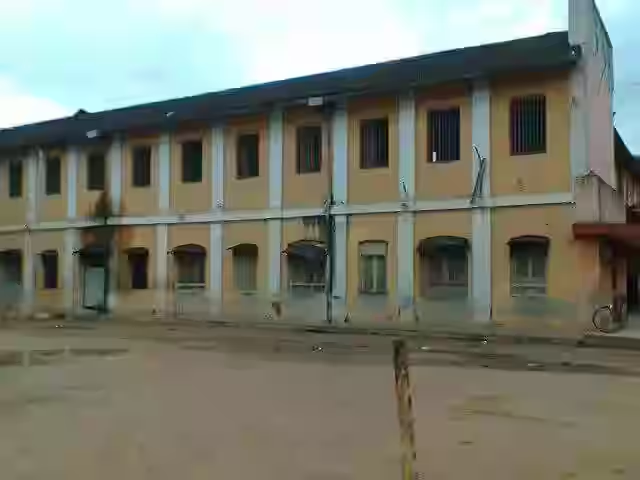
This school introduced English education within a framework accessible to the local population and gradually evolved into the New City High School. Today, it is known as D.D. Nagar Vidyalaya and remains as one of the district’s largest and oldest schools.
Vedshala
While formal English education expanded, efforts to preserve indigenous knowledge also continued under the support of the Bhonsale family and allied local elites. In 1879, the Vedshala was established as a centre for the study of Hindu philosophy, grammar, astronomy, and Ayurveda. The Vedshala provided a structured setting for traditional learning at a time when colonial education was becoming more prominent.
Hislop College
As the demand for advanced learning increased, efforts to expand beyond primary and secondary education gained momentum. One of the most notable developments was the founding of Hislop College in 1883. The college was named after Reverend Stephen Hislop, a Scottish missionary, scholar, and geologist known for his work in education and field research in the Central Provinces.
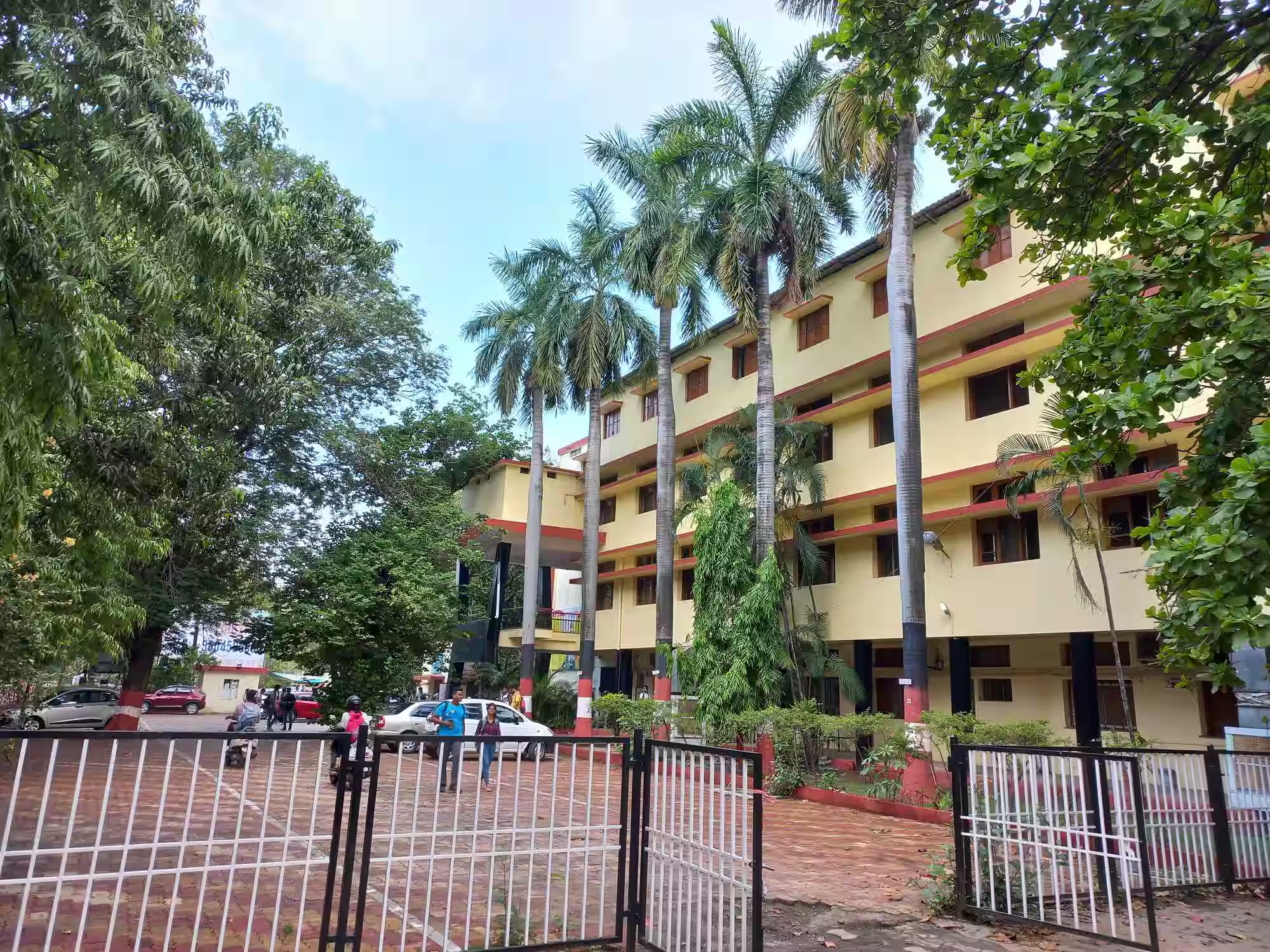
His vision for accessible higher education, in many ways, shaped the college. From its early years, Hislop College focused on offering undergraduate courses in the arts and gradually expanded to include science and commerce streams. Hislop College soon emerged as an important centre for the study of the social sciences and humanities in the Vidarbha region.
In later decades, the college continued to diversify its offerings. In 1954, it introduced Vidarbha’s first journalism programme, adding to its reputation as a pioneer of new academic fields. Today, Hislop College retains its status as a heritage institution under the Rashtriya Uchchatar Shiksha Abhiyan (RUSA) and remains closely linked to the history of higher education in Nagpur.
Vasantrao Naik Government Institute of Arts & Social Sciences
Following the establishment of Hislop College in 1883, more institutions were founded to meet the growing demand for advanced education in the Central Provinces. Local leaders and community groups continued to play an active role alongside the colonial administration.
In 1882, leaders such as Sir Bipin Krishna Bose, Mukund Balkrishna Buti, and Madhav Rao Gangadhar Chitanavis raised the call for a college to serve students in Nagpur and the surrounding region. This led to the founding of Morris College in June 1885, named after Sir John Morris, a British civil servant.
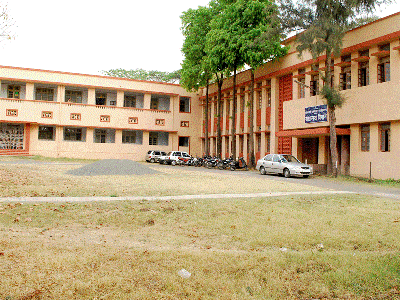
The college began with limited resources and operated for years from temporary premises. In 1911, it moved to Residency Hall, a building originally constructed in 1807 for the British Resident Officer during the Bhonsle period. This shift gave the college a permanent campus to accommodate its expanding student community.
Morris College was affiliated with Allahabad University initially. After independence, the college continued to adapt its curriculum to meet the needs of a wider student population. In 1984, it was renamed the Vasantrao Naik Government Institute of Arts & Social Sciences in honour of Vasantrao Naik, a former Chief Minister of Maharashtra known for his contributions to education and rural development. Today, the institute offers undergraduate and postgraduate programmes in the humanities, social sciences, and arts.
College of Agriculture
What is also notable about Nagpur is the early diversification of its education system. In 1906, the College of Agriculture was founded in Nagpur. Regarded as one of the first agricultural colleges in India, it was among the earliest five such institutions established in the country. Its aim was to modernise farming practices and promote scientific methods in agriculture at a time when the region’s economy was primarily agrarian. The college provided formal training in agricultural science, research, and extension work, helping farmers adopt improved techniques and contributing to the long-term development of Vidarbha’s agricultural sector.
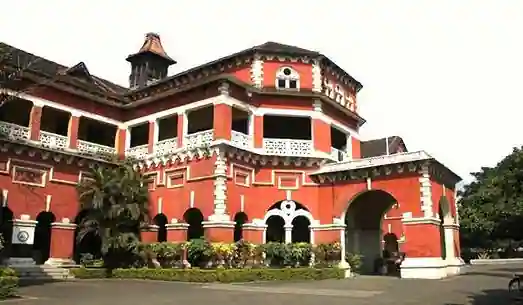
Robertson Medical School
In response to the region’s growing healthcare needs, medical education also gained ground. The Robertson Medical School was established in 1913 to train medical practitioners for service across the Central Provinces. The same year, a Vaccine Institute and a Health School were also opened in Nagpur to train women as health visitors and midwives. These institutions expanded opportunities for women to enter health-related professions and helped improve public health services during the colonial period.
Nagpur School of Arts
Nagpur also saw significant steps to formalise education in the cultural and creative fields. In 1931, the Nagpur School of Arts was founded to offer systematic training in visual arts. The school introduced structured courses in drawing, painting, and applied arts, giving students the opportunity to develop professional skills and pursue careers in fine and commercial art.
Alongside the visual arts, music education in Nagpur developed its own distinct path. This growth was closely linked to the patronage of the Bhonsale family, who played an active role in supporting traditional art forms. Under their support, darbari (court) musicians trained students in classical music, ensuring that these traditions continued in an organised setting. According to the district Gazetteer (1971), music classes were being held as early as 1912, with institutions preparing students to appear for formal music examinations at institutions such as Gandharva Mahavidyalaya in Bombay.
Rashtrasant Tukadoji Maharaj Nagpur University
The idea of establishing a university in Nagpur was first raised in 1914, but its realisation was delayed due to the First World War. Eventually, Rashtrasant Tukadoji Maharaj Nagpur University (RTMNU) was established in 1923 as a public university to serve the educational needs of the Central Provinces and Berar. In its early years, the university focused on the teaching of classical Indian languages such as Sanskrit, Hindi, Urdu, and Marathi.

Over the decades, RTMNU expanded its academic offerings to include a wide range of disciplines, including science, social sciences, humanities, law, engineering, and commerce. The university has played an important role in developing higher education and research in Vidarbha. Named after Rashtrasant Tukadoji Maharaj, a respected social reformer and spiritual figure from Maharashtra, the university continues to promote inclusive education and regional development through its network of colleges and research centres.
Post-Independence Era and Contemporary Educational Infrastructure
Following India's independence, the education system in Nagpur underwent major transformations. The introduction of structured education levels—pre-primary, primary, secondary, and higher education and the implementation of National Education Policies heavily shaped the educational landscape of the district. Over the years, the education sector developed with contributions from both government-funded institutions and private organizations. Additionally, Educational boards were also introduced, each offering distinct curricula and standards, providing students with more choices.
Primary & Secondary Education
During the colonial period, both public and private efforts in education primarily focused on primary and secondary schooling, as indicated by data from district Gazetteers across Maharashtra.. While basic infrastructure for primary and secondary education existed, its expansion was closely tied to increasing enrollment and greater involvement of local figures.

Today, this expansion is evident in the widespread presence of schools across various wards of Nagpur, with available data reflecting the steady growth of educational institutions in both urban and rural parts of the district.
Institutions of Higher Learning
In the post-Independence period, local leaders and community organisations in Nagpur took active steps to expand higher education. As a result, new colleges and universities were established across the district, many of which are today either public, privately managed, semi-private, or autonomous.
Kavikulaguru Kalidas Sanskrit University
Kavikulaguru Kalidas Sanskrit University (KKSU) was established in 1997 in Ramtek and is recognised as Maharashtra’s first university dedicated entirely to Sanskrit studies. Named after the renowned poet Kalidas, KKSU was founded with the aim of linking traditional Sanskrit learning with contemporary academic subjects.

The vision for the university was shaped by figures such as P. V. Narasimha Rao, former Prime Minister of India and a noted Sanskrit scholar, Shri Sudhakarrao Naik, then Chief Minister of Maharashtra, and Dr. Shrikant Jichkar, a prominent educationist and politician. The university opened on 18 September 1997 with a mission to preserve and promote Sanskrit’s literary and scientific heritage.
While its core focus remains traditional Sanskrit literature and texts, KKSU’s curriculum also includes modern subjects such as Tourism, Journalism, Yoga, and Foreign Languages. The university places particular emphasis on ancient Sanskrit writings on science and technology, connecting them to contemporary knowledge. One of its unique initiatives is a Civil Services Degree Course that combines Sanskrit studies with preparation for administrative services examinations.
Cummins College for Engineering For Women
Cummins College of Engineering for Women is an engineering college located in Hingna, Nagpur. It was established in 2010 by the Maharshi Karve Stree Shikshan Samstha (MKSSS), an organisation with a long history of supporting women’s education in Maharashtra. The college was set up with financial support from Cummins India Limited, a multinational company in the power sector.

The institution is affiliated with Rashtrasant Tukadoji Maharaj Nagpur University and is approved by the All India Council for Technical Education. It offers undergraduate programmes in Computer Engineering, Electronics and Telecommunication Engineering, and Mechanical Engineering. The college aims to expand access to technical education for women and increase their participation in engineering fields.
Local Figures & Organizations
Dr. Babasaheb Ambedkar Smarak Samiti
Dr. Babasaheb Ambedkar Smarak Samiti is an organisation founded in 1958 to honour the legacy of Dr. B. R. Ambedkar. In 1964, the Samiti established Dr. Babasaheb Ambedkar College of Nagpur (DACN) to provide higher education to marginalised communities.

DACN has received an “A” grade accreditation from the National Assessment and Accreditation Council (NAAC) and was designated as a “College with Potential for Excellence” by the University Grants Commission in 2010. It has also been recognised by the Government of Maharashtra as a Community College for its focus on vocational education and training.
The Lokmanya Tilak Jan Kalyan Shikshan Sanstha
Lokmanya Tilak Jan Kalyan Shikshan Sanstha (LTJSS) is an educational organisation based in Nagpur. Founded in 1983, LTJSS runs multiple institutions in the Vidarbha region and other parts of Maharashtra. The Sanstha’s work is inspired by the ideals of Lokmanya Bal Gangadhar Tilak, with a focus on value-based and community-oriented education.
Under the leadership of Shri Satish Chaturvedi and Smt. Abha Chaturvedi, LTJSS has grown to include 25 educational institutions in Nagpur and Navi Mumbai. The organisation works in areas such as technical education, women’s empowerment, and community development.

Alongside these institutions, many more colleges and universities operate across the district, offering programmes in a range of fields. However, while one can see here that higher education opportunities have expanded since the post-independence days, geographic disparities appear to persist, with urban centers having better access to institutions compared to rural areas.
NGOs and Community-Based Education Efforts
Education has been a key driver of social reform, particularly in addressing inequality and expanding access to learning. While formal institutions provide structured education, many communities continue to face barriers due to poverty, social stigma, or lack of resources. To address these challenges, various organizations in Nagpur have focused on community-based education initiatives, with each working to tackle specific social challenges present in the district.
Shantinath Jain Mandir, Ramtek
The Shantinath Jain Mandir, located near Ramtek, runs several community initiatives focused on education and livelihood development. One of its key projects is the Pratibhasthali Gyanoday Vidyapeeth, a CBSE-affiliated school for girls that provides education to more than 400 students from different parts of India. The school is operated by the Brahmacharinis, a group of women dedicated to community service and education, who live and work within the temple community.
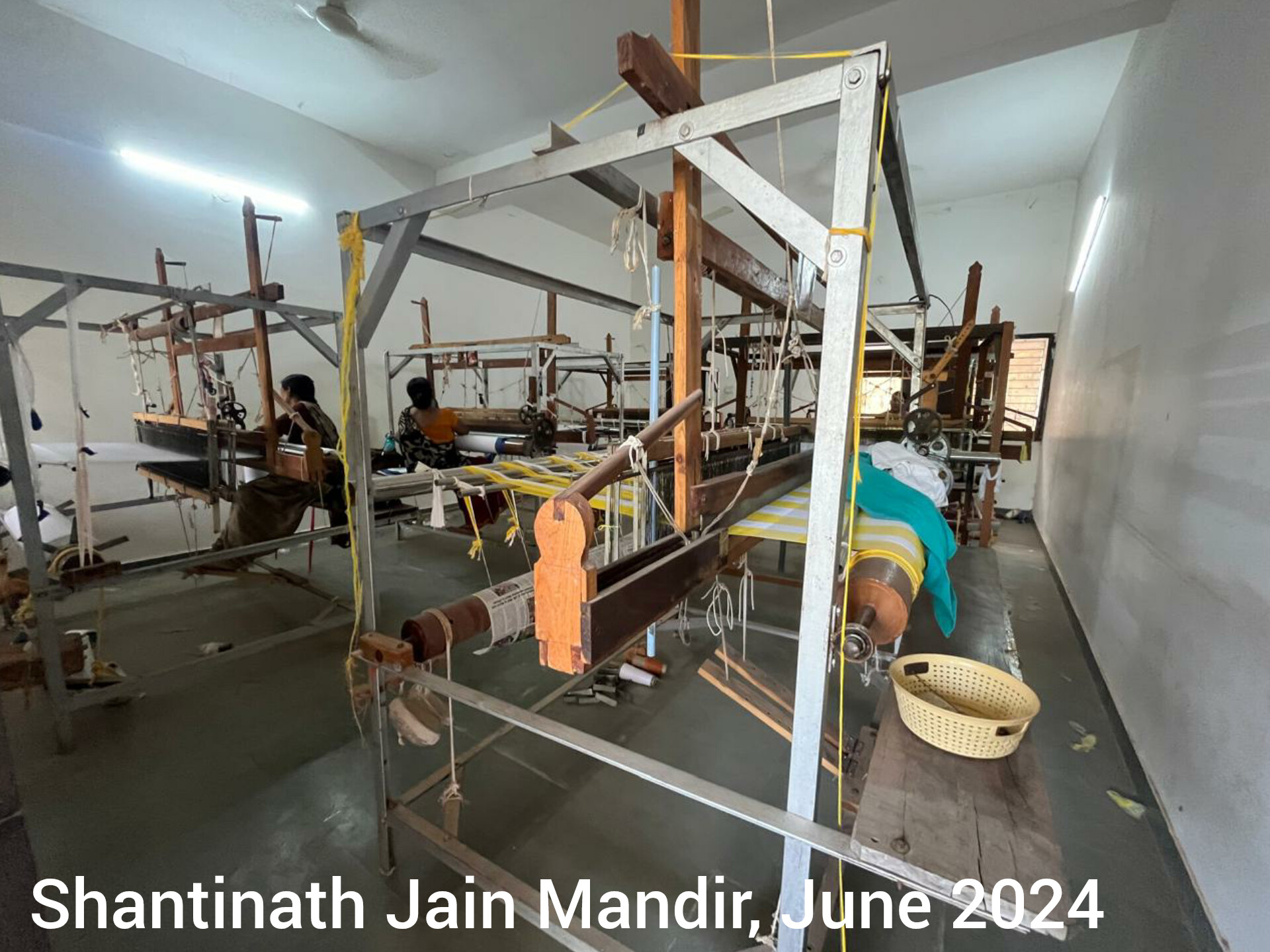
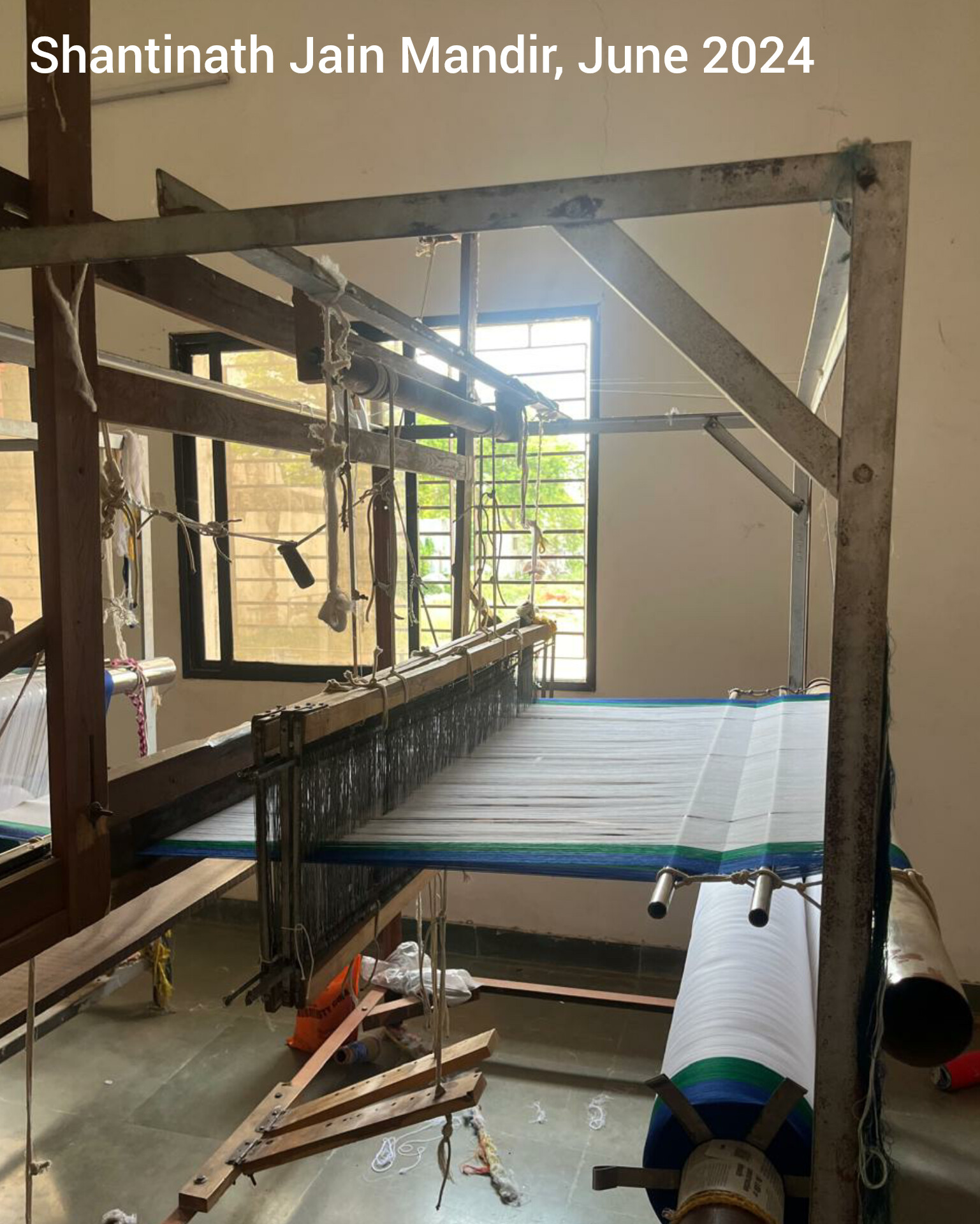
In addition to the school, the Brahmacharinis manage a handloom unit that provides employment and training for women from economically disadvantaged backgrounds. Women from various faiths are trained to operate handloom machines to produce cotton goods such as towels, sarees, and bedsheets. This initiative aims to create income opportunities for women, enabling them to earn a livelihood while working in a safe and supportive setting.
The handloom centre also runs a training programme for school students, allowing girls enrolled at the Vidyapeeth to learn the basics of handloom operation as part of their broader education. The Brahmacharinis working at the centre follow a life of discipline and community service and do not receive salaries; instead, their needs are met by the temple’s managing body.
Currently, locals say 43 Vratinis (female ascetics) are involved in this initiative at Ramtek. The Shantinath Jain Mandir’s handloom network extends beyond the district, with its largest branch in Jabalpur (Madhya Pradesh) and 18 centres operating in different parts of India.
Graphs
Enrollment and Dropout Rate
Schools
Teachers
Sources
Cummins College of Engineering for Women. “About Us”. Cummins College of Engineering for Women.https://cumminscollege.edu.in/pages/144
Dr. Ambedkar College, Nagpur. “About DACN.” Dr. Ambedkar College, Nagpur.https://dacn.in/
Hislop College. About Hislop College.https://hislopcollege.ac.in/
Kavikulguru Kalidas Sanskrit University. “About Us”. Kavikulguru Kalidas Sanskrit University.https://kksu.org/article/aboutus
Lokmanya Tilak Jankalyan Sanstha. “About the Sanstha.” Lokmanya Tilak Jankalyan Shikshan Sanstha.http://www.ltjss.net/about-sanstha.php
Maharashtra State Gazetteers. 1971. Nagpur District Gazetteer, 1st ed. Directorate of Government Printing, Stationery and Publications, Maharashtra State.
SikhiWiki. 2009. “Guru Nanak in Maharashtra.” SikhiWiki.https://www.sikhiwiki.org/index.php/Guru_Nan…
Vinayakrao Naik Government Institute of Arts and Social Sciences. About VNGIASS.https://vngiassnagpur.ac.in/
Last updated on 28 July 2025. Help us improve the information on this page by clicking on suggest edits or writing to us.